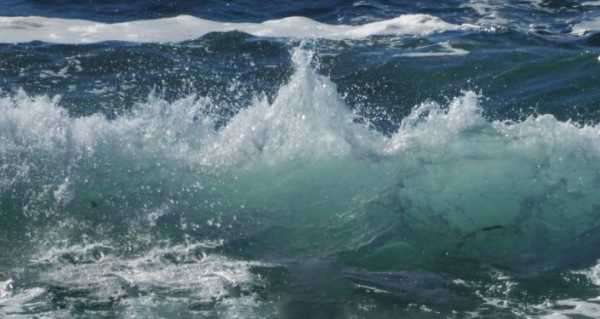
The unique tremor appeared to have turned around at some point near the fault zone and gone back with phenomenally increased velocity.
Scientists have found evidence of a one-of-a-kind “boomerang” earthquake – a “back-propagating supershear rupture” that shook vast swathes of underwater terrain in the Atlantic Ocean near the equator in 2016. The results of respective research have been published in the journal Nature Geoscience.
The Romanche fracture zone that stretches for about 900 kilometres hiding between the South American and African tectonic plates produced a powerful 7.1-magnitude earthquake in August 2016. However, it was the tell-tale nature of shaking that made the event unprecedented.
It turned out to be an odd tremor that went one way, before turning around and returning for more, at much-accelerated “supershear” speeds of up to 6 kilometres per second.
The study revealed that the rupture propagated upward and eastward in the direction of a weak spot where the fracture zone meets the Mid-Atlantic Ridge, before suddenly turning westward, with the tremor heading back much quicker to the centre of the fault.
The researchers came to believe that the initial, deep phase of the tremor released sufficient fracture energy to initiate the rupture reversal in shallower terrain, in the second phase.
“Either both fault patches were sufficiently preseismically stressed to promote seismogenic failure or the deeper SE1 rupture instantaneously increased the static stress, immediately causing the shallow SE2 portion of the fault to fail”, the authors explained, dwelling on the unique backwards-propagating earthquake they were lucky to have witnessed. To detect something like this in the middle of nowhere, out in the middle of the ocean, is an event that is truly out of the ordinary.
Sourse: sputniknews.com






